FORGOTTEN MOTOCROSS TECH: RIBI QUADRILATERAL LINKAGE FORKS
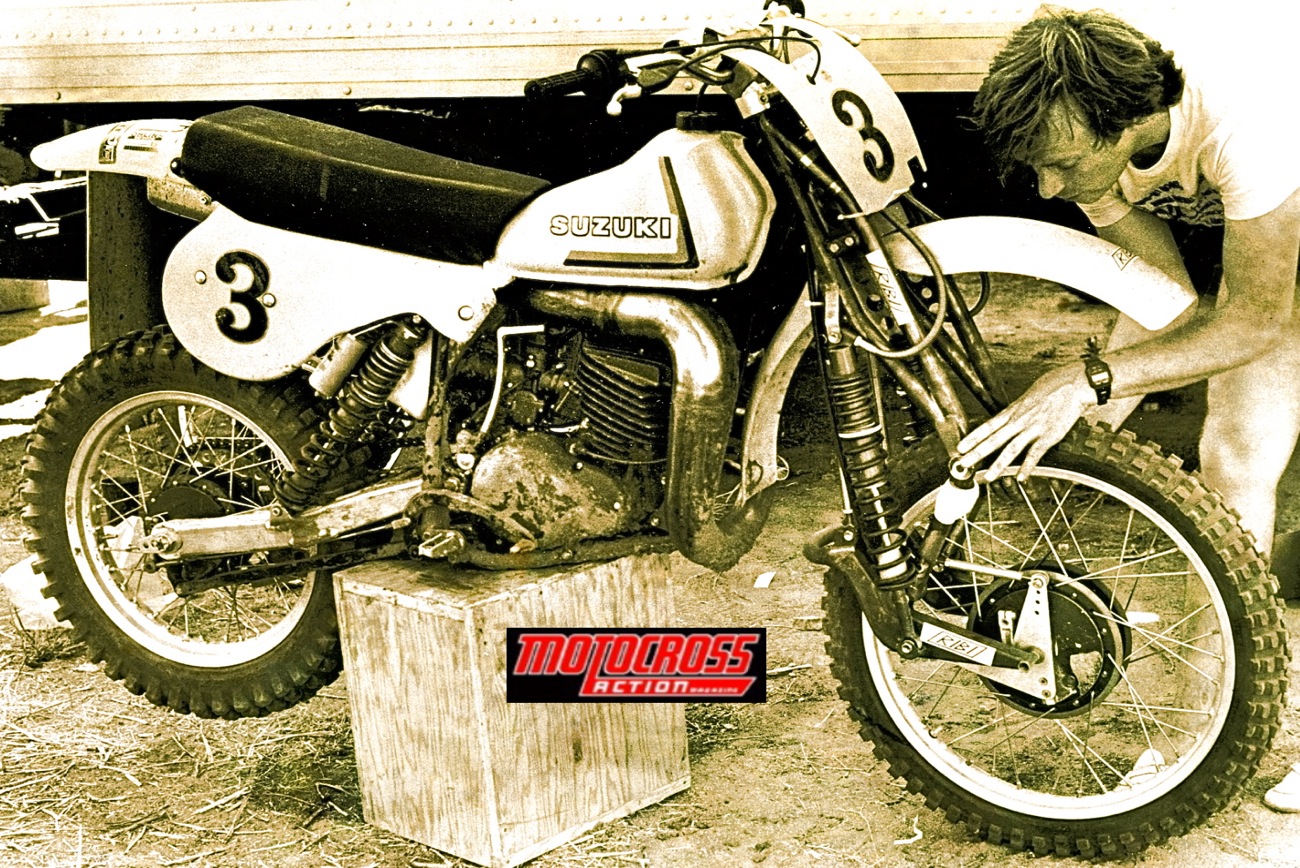 Valentino Ribi working on Roger’s quadrilaterals during the 1979 500 World Championship season.
Valentino Ribi working on Roger’s quadrilaterals during the 1979 500 World Championship season.
Motocross history is filled with examples of creative ideas that were heralded as groundbreaking, but, because of the rapid rate of change in development, sank into the swamp of forgotten technology. Although some are best left abandoned, others were truly innovative (if not ultimately successful). MXA loves to reveal motocross’ tech trivia. Do you remember this idea? Ribi Quadrilateral forks?
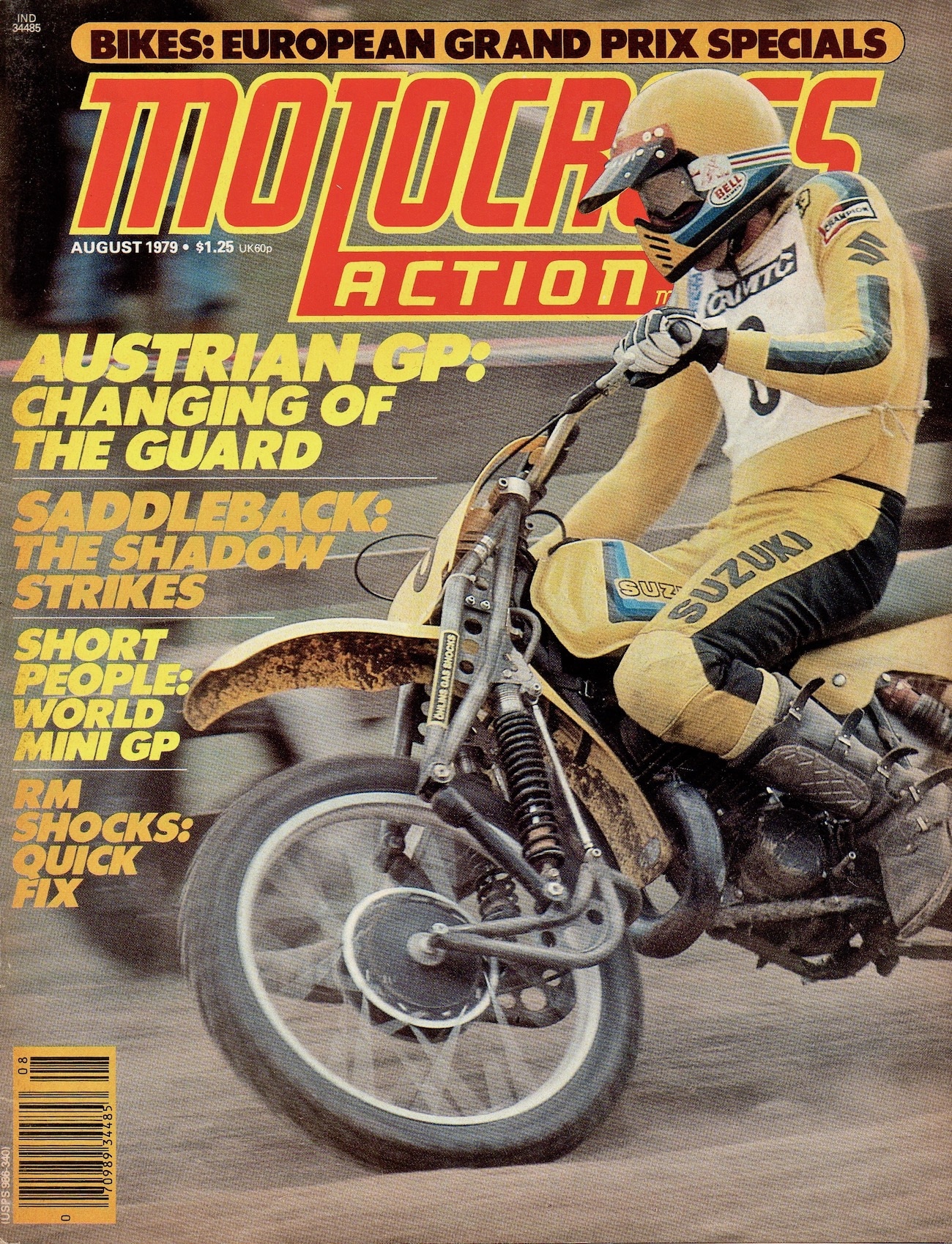 Roger on the cover of the August 1979 issue of MXA with his unpainted Ribi Quadrilateral forks.
Roger on the cover of the August 1979 issue of MXA with his unpainted Ribi Quadrilateral forks.
Back in the late 1970s Valentino Ribi was a young inventor with a love for motocross. Valentino was concerned about the effects of geometry change when the suspension of a motorcycle collapsed…and he thought he had a better idea. With the help of Roger DeCoster, who did the test riding, Valentino built a linkage front fork that used rear shock absorbers to handle the suspension chores and folding linkage, a la leading links, to trace his desired arc for the front wheel.
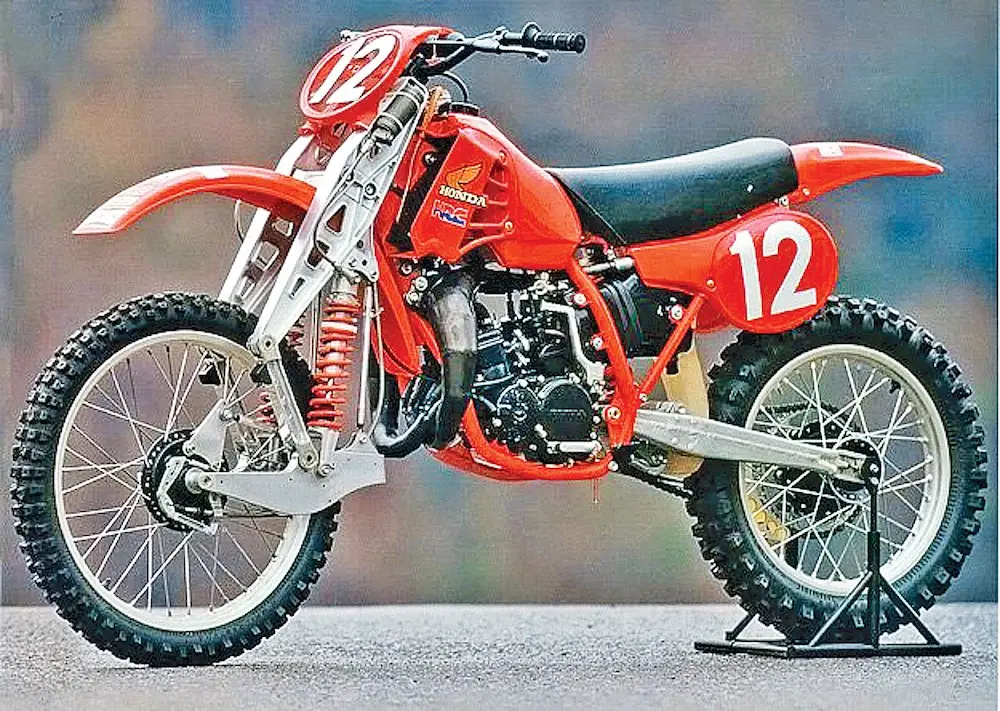 You don’t see bikes with aluminum Ribi Quadrilateral forks every day, not to mention that this is a twin-cylinder RC125 work bike.
You don’t see bikes with aluminum Ribi Quadrilateral forks every day, not to mention that this is a twin-cylinder RC125 work bike.
Roger DeCoster tested the fork and believed in it so much that he put it on his works Suzuki and raced the 1979 500cc World Championships on it. The fork was so much of a prototype that when DeCoster showed up at the first GP the chromoly fork wasn’t even painted.
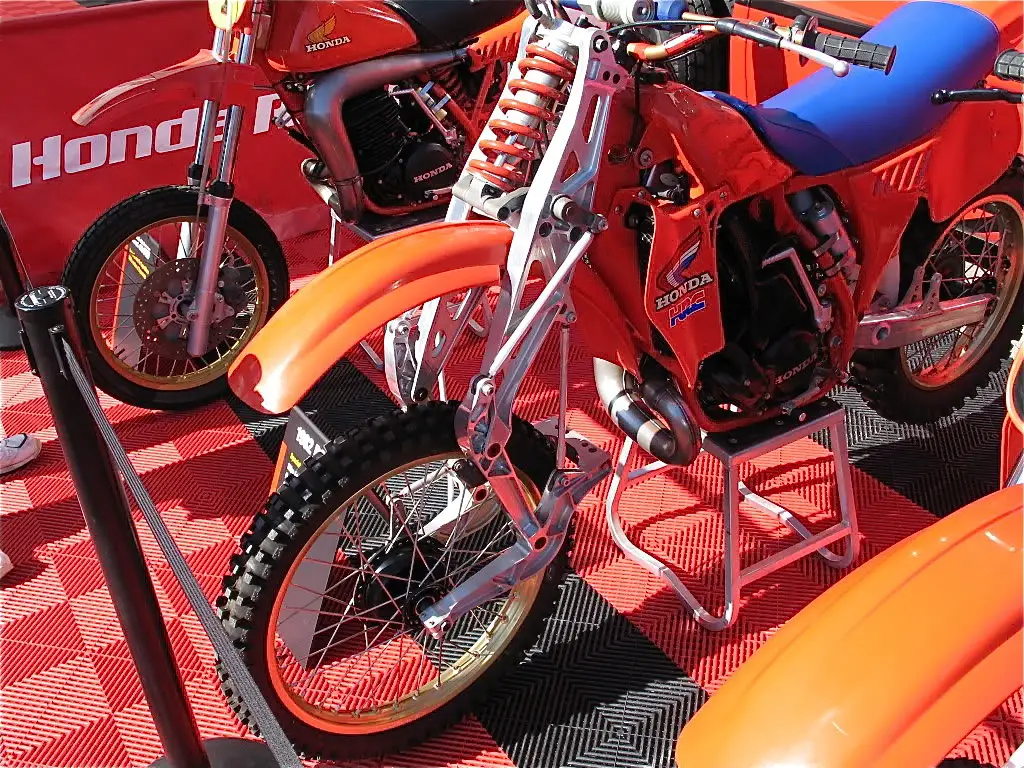 Honda’s all-aluminum, single-shock, CNC-machined Ribi Quadrilateral forks.
Honda’s all-aluminum, single-shock, CNC-machined Ribi Quadrilateral forks.
After Roger left Team Suzuki and moved to Team Honda, he encouraged Honda to pursue the development of the Ribi Quadrilateral forks. Honda bought the rights to the design and built several very exotic, CNC-machined, aluminum versions—including a single shock version. But, unfortunately, Honda shelved the idea because of its complexity.
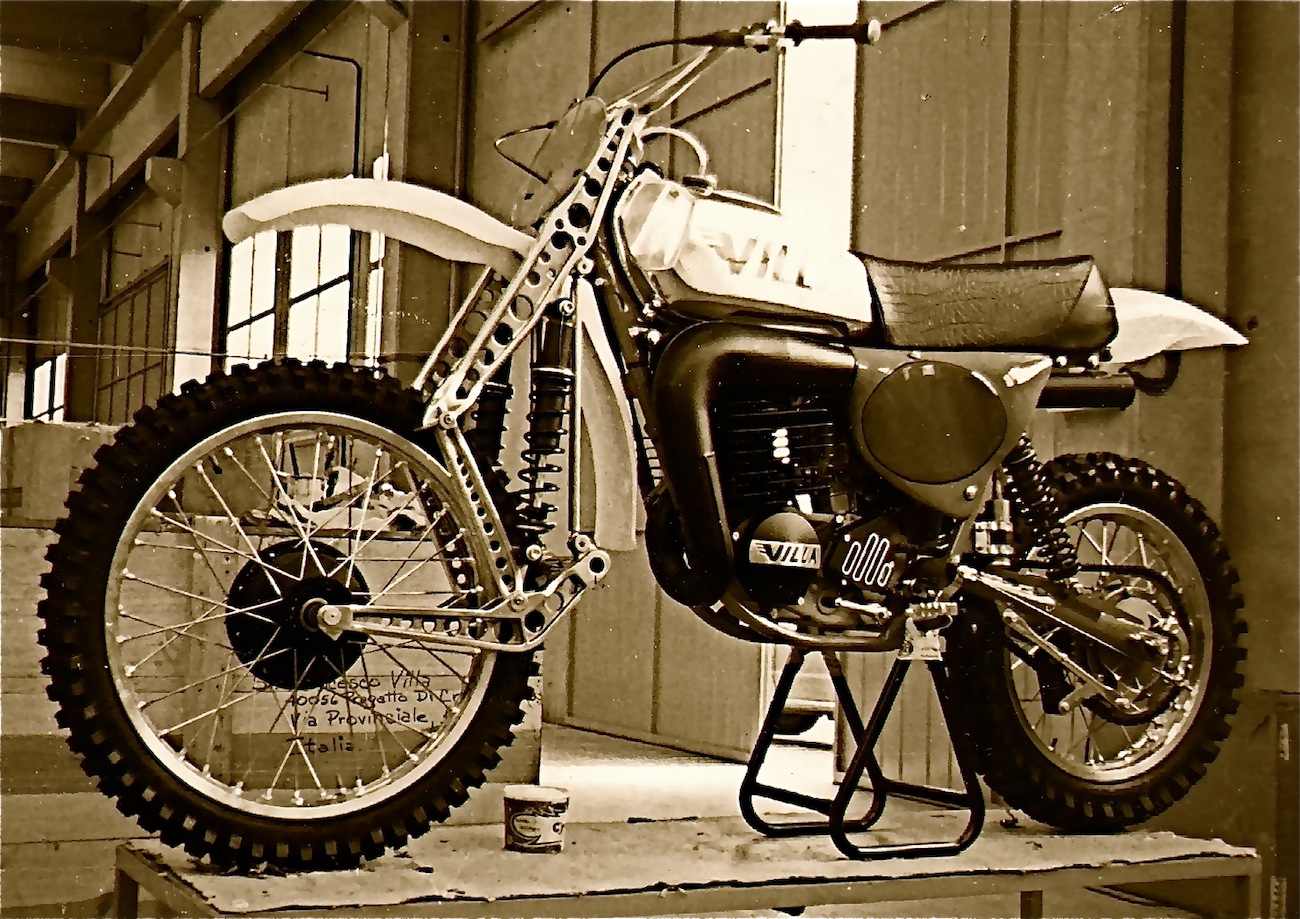 Ribi’s weren’t the sole domain of Roger DeCoster, even Moto Villa built their own version.
Ribi’s weren’t the sole domain of Roger DeCoster, even Moto Villa built their own version.






Comments are closed.